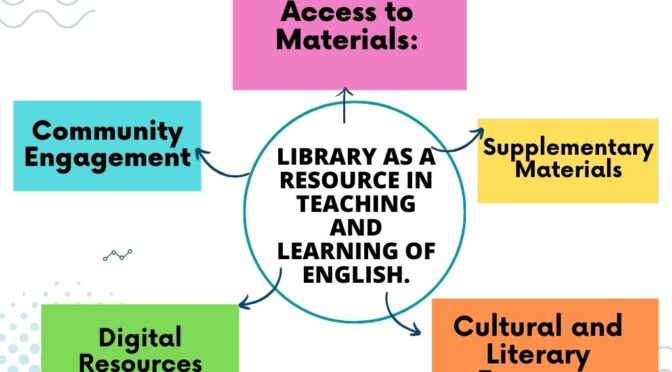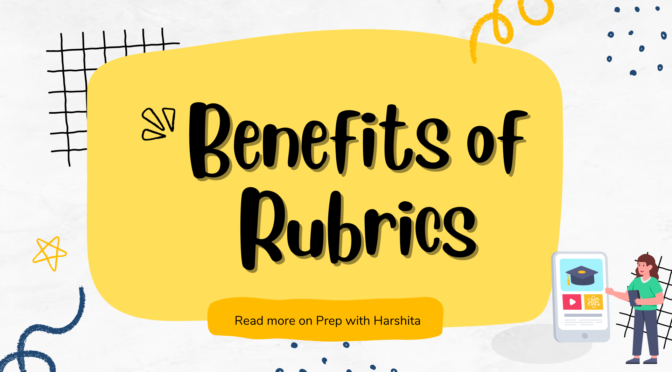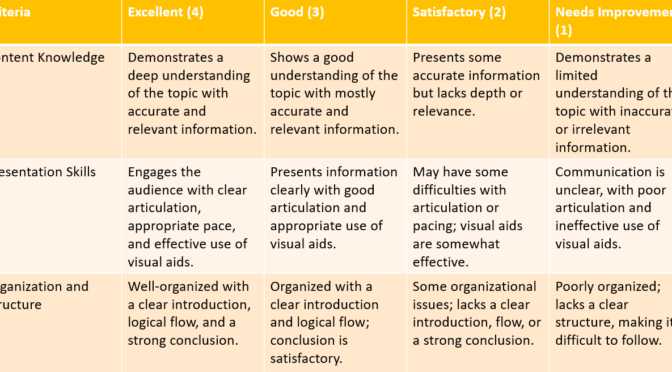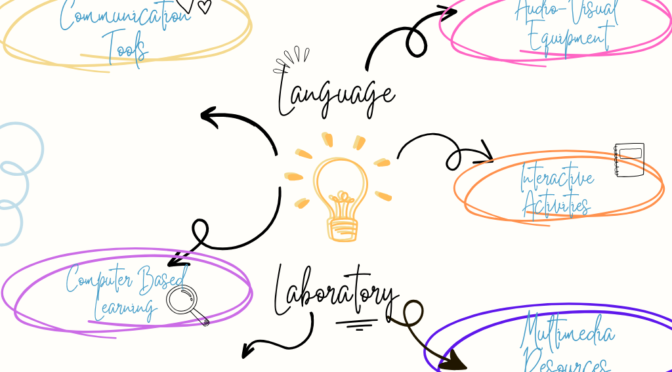Libraries play a crucial role in the teaching and learning of English as a second or foreign language.
Here are some ways in which libraries can serve as valuable resources:
Access to a Wide Range of Materials: Libraries provide access to a diverse array of English language materials including books, magazines, newspapers, journals, audiovisual resources, and digital content. This variety exposes learners to different writing styles, genres, and topics, helping them develop a well-rounded understanding of the language.
Support for Language Acquisition: Libraries often offer resources specifically designed for language learners, such as graded readers, language learning software, bilingual dictionaries, and grammar guides. These resources cater to learners at different proficiency levels, allowing them to progress at their own pace.






